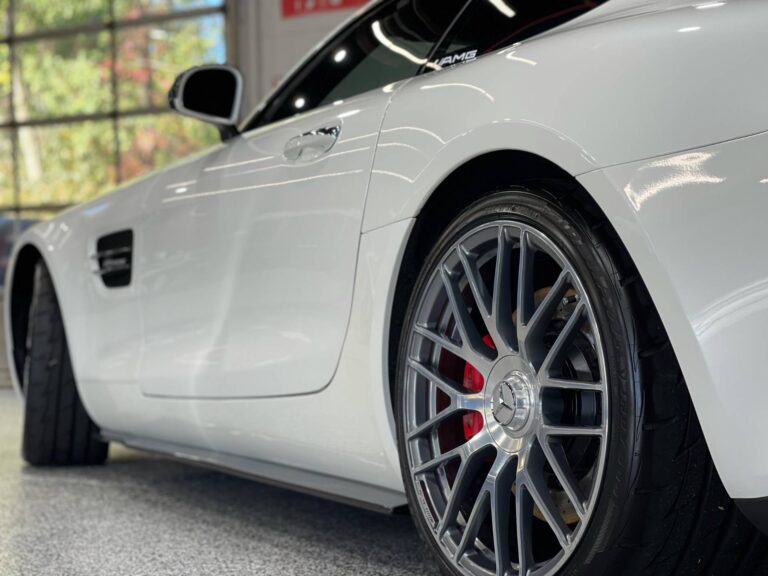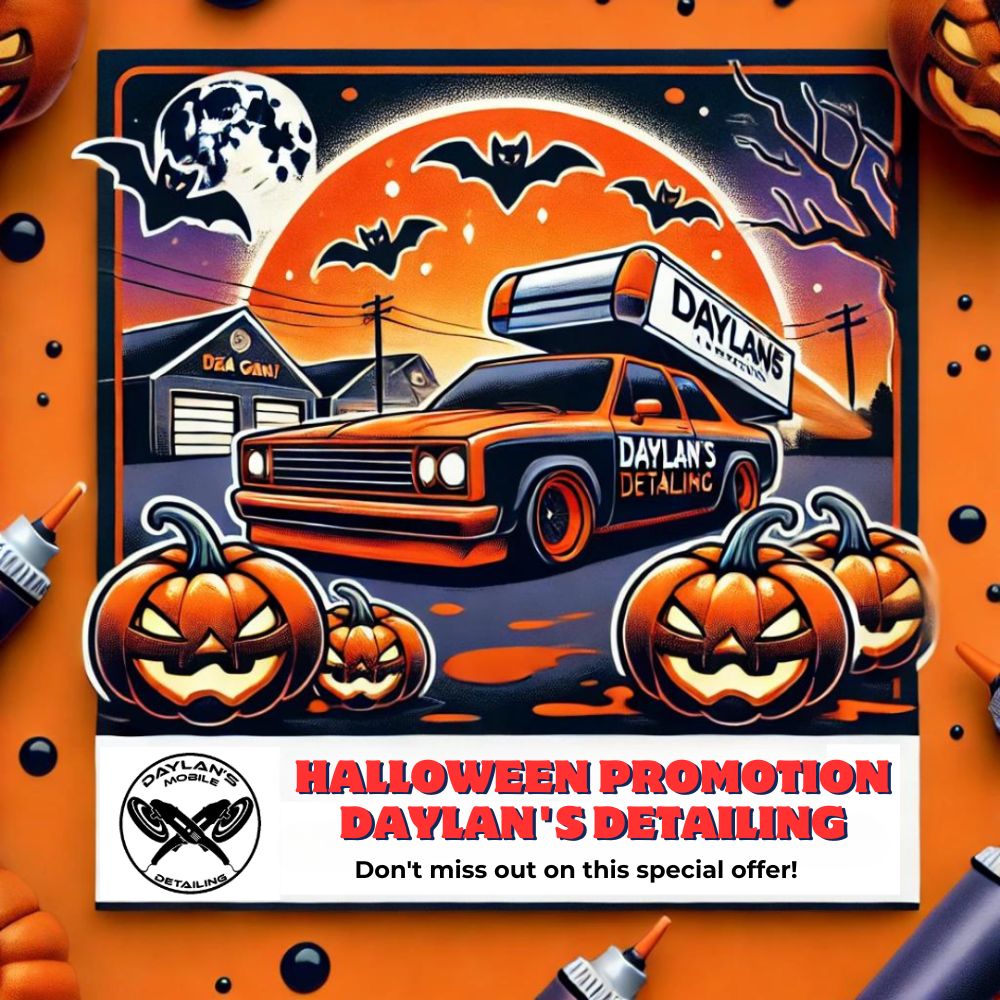How Often Should You Wash A Ceramic Coated Car?
Ceramic coatings have become increasingly popular among car enthusiasts and for good reasons. They provide a hydrophobic surface that repels water, dust, and contaminants, ensuring the car maintains its shine for a longer duration. But, like everything, a ceramic coated car also needs regular care. So how often should you wash a ceramic coated car?
In this article, by the team from Daylan’s Detailing in Toms River, NJ, we will look more closely at the best cleaning methods for ceramic coatings and find out how often you should wash them for best results.
How to wash a ceramic coated car like a pro
For best results, follow these guidelines when washing your ceramic coated car.
1. Gather Your Materials
Before embarking on the washing journey, it’s essential to have the right tools in hand. Two sizable buckets are a must, one for clean water and the other for a mix of water and shampoo. The grit guard is another crucial item, designed to sit at the bottom of your bucket, ensuring dirt and contaminants are kept at bay. Alongside, a high-quality, pH-balanced car wash shampoo is indispensable to uphold the ceramic coating’s integrity and prevent damage. For effective washing without causing any harm to the car’s surface, a soft microfiber wash mitt is preferable. Finally, for the drying phase, nothing beats the absorbency and softness of a microfiber drying towel.


2. Pre-rinse
Before the actual washing, the car should be placed in a shaded area, away from direct sunlight to avoid water spots from premature drying. The initial rinse is crucial; using a hose or a pressure washer, water should be sprayed from the top, moving downwards. This step ensures that the larger, potentially harmful contaminants are washed away first, reducing the chances of scratching the car during the washing process.
3. Two-Bucket Method
Begin by filling one bucket with clean water. This serves as the rinsing station for your wash mitt. The second bucket should be filled with water and your pH-balanced car wash shampoo, stirred until it forms a rich lather. With your microfiber wash mitt soaked in soapy water, start by washing the roof, moving in straight, linear motions. It’s vital to avoid circular movements, as this can introduce swirl marks. After each section, the mitt should be thoroughly rinsed in the clean water bucket, agitating against the grit guard to release trapped dirt. Continue this methodical process, moving from the top of the car and saving the dirtiest parts, like the lower doors and bumpers, for last.
4. Rinse & Dry
Once the entire vehicle is covered, it’s time to rinse off the soap. Starting from the top and working your way down ensures that all soap residues are effectively removed. Then, using the microfiber drying towel, gently pat or drag across the car’s surface. Start at the roof and work your way downwards, occasionally wringing out the towel when it becomes too saturated. For those hard-to-reach spots and crevices, using a blower can be an effective way to ensure no water is left behind.
How often should you wash a car with ceramic coating?
Even with this protective shield, it’s essential to wash your car regularly to uphold the coating’s integrity and appearance. So, how often should you do it? Here are the factors that influence the frequency:
Driving Environment
If you frequently drive in a dusty or industrial environment, your car will likely accumulate contaminants faster than if you’re driving in cleaner, suburban areas. Similarly, cars in coastal regions might accumulate salt residues, which can be detrimental if left unwashed.
Weather Conditions
In areas with frequent rain, the car might be exposed to acid rain or get dirtied by road grime splashed during showers. Conversely, in dry regions, dust and pollen can settle on the car’s surface more frequently.
Storage Conditions
Cars parked outdoors are more exposed to bird droppings, tree sap, and other environmental contaminants than those parked in a garage. Over time, these contaminants can damage the coating if not washed off.
Driving Frequency
A car that is driven daily will naturally get dirtier faster than one that’s only used occasionally.
Type of Roads
Driving on gravel or unpaved roads can introduce more dirt and potential scratch-causing particles onto your ceramic coated car compared to paved city roads.
Seasonal Factors
In some areas, winter can be particularly harsh on cars, with road salts and slush contributing to a build-up of contaminants. Fall, on the other hand, might bring tree sap and fallen leaves.
Considering these factors, while a general guideline suggests washing a ceramic-coated car every two to four weeks, the specific frequency might vary based on individual circumstances. Regularly inspecting your vehicle and noting how contaminants are affecting its surface can provide a clearer indication of how often washing is required. Always remember, regular maintenance will ensure the longevity and effectiveness of the ceramic coating.


Where can you find the best ceramic coating services in Toms River, NJ?
If you’re seeking the best ceramic coating services in Tom River NJ, Daylan’s Detailing is the place to go. With expert technicians and premium-grade ceramic coating products, you’re guaranteed the highest level of service.
To book an appointment, give Daylan’s Detailing a call at (732) 320-7367 or come and pay us a visit at our main location at 2608 Route 37 East in Toms River, New Jersey 08753. Book your appointment today!














